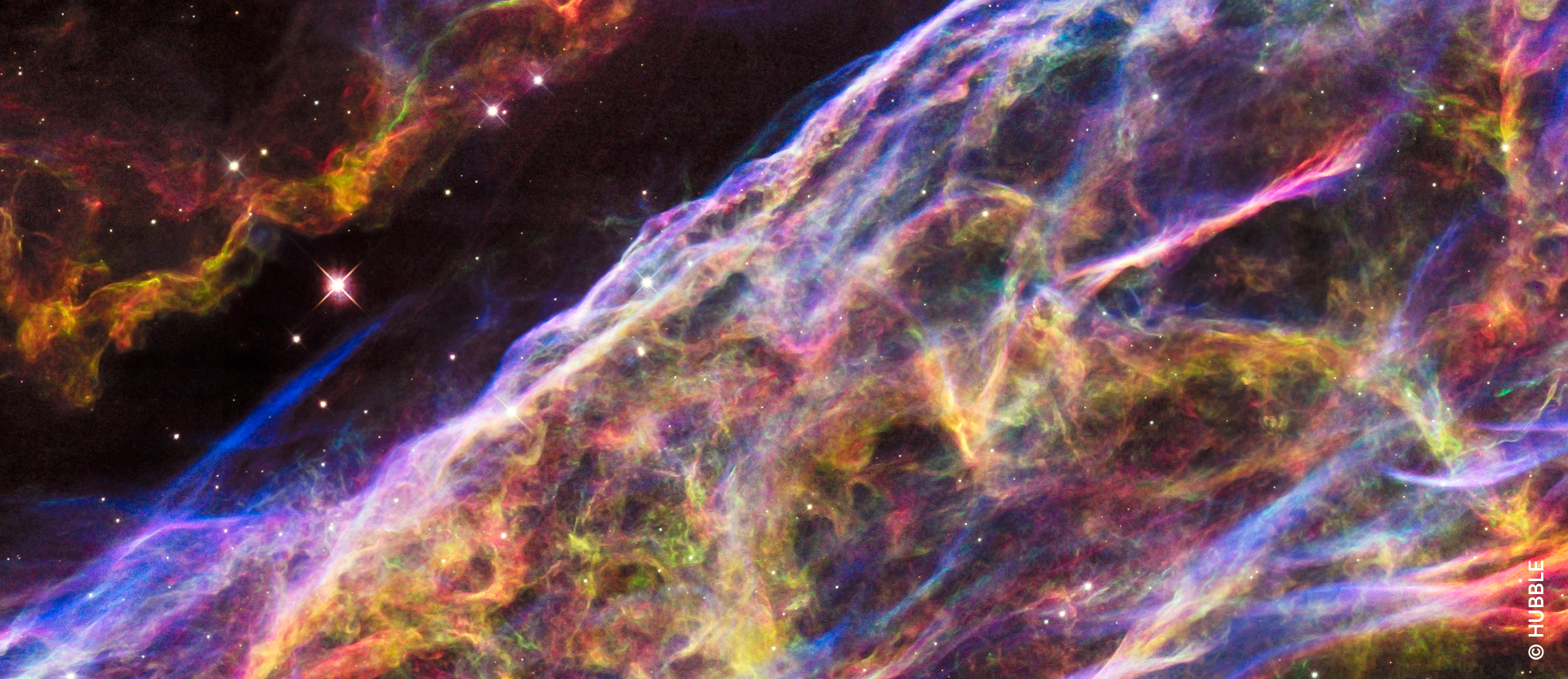Solar observation via satellite
Today, we don’t just observe the sun from the earth. One of numerous sun-spies in space is NASA’s satellite SDO (Solar Dynamics Observatory). It orbits at 34,600 kilometers above the earth, photographing the sun every ten seconds and sending these images to earth. SDO has three instruments on board: a system of four telescopes photographs the sun's surface and its atmosphere. Another detector monitors ultraviolet radiation from the sun. This light, invisible to us, influences the earth's atmosphere and climate. Sudden UV light fluctuations can disturb satellite and radio communications. Another detector records the oscillations of the solar surface and magnetic field variations. Like an ultrasound device, it looks into the interior of the star, reconstructing its structure and its dynamics.
A new era of solar observation seems to be dawning. The Solar Orbiter, a joint project of the European Space Agency ESA and NASA, is due to launch in 2018. For three years, it will be “on the road” heading in the direction of the sun, gaining further acceleration through flybys around Venus. It will thus come within 45 million kilometers of the sun – closer than all previous solar scouts.
“It will be particularly exciting in about 2023, when the Solar Orbiter leaves the ecliptic, enabling its first glimpse at the solar poles,” explains Dr. Joachim Woch from the Max Planck Institute for Solar System Research in Göttingen, Germany.
Joachim Woch and his team developed an instrument that will travel onboard the Solar Orbiter, the Polarimetric and Helioseismic Imager (PHI). The scientists can use the PHI to record how the dynamics of the sun’s magnetic field change, how the activity of the sun develops, and how this in turn affects its atmosphere. When the sun is active, huge amounts of plasma in the form of charged particles, ions and electrons are ejected into space. When these plasma clouds reach the earth, auroras (such as the Northern Lights) can result. During particularly violent events, these particle showers can even cause the collapse of entire power grids. "The Solar Orbiter gives us a great opportunity to better understand the dynamics of the sun and its impact on interplanetary space, all the way to the earth," says Joachim Woch.













